ESA Lands Probe on Comet



It's been a historic year for space exploration, and another milestone was reached today. You've undoubtedly heard the news about the successful comet landing of the Philae craft launched by Rosetta, but here's another chance to see the pictures in case you missed them. After seeing thousands of science fiction landscapes over the years, it's incredible to see photos like these of the real thing. The first three shots are passes by the orbiter, and then we see an image taken by the lander looking back shortly after detachment from the mothership. Finally, the main vessel snapped the last image as the smaller craft descended away. This tiny spacecraft duo is out there pushing the frontier more than 300 million miles away - nearly a thirty minute signal delay and half again as far away as planet Mars is from Earth. It sounds like there are some issues with physically anchoring to comet 67P. Hopefully this doesn't result in any undesirable effects, but the mission is already a huge success!
The landing site, named Agilkia and located on the head of the bizarre double-lobed object, was chosen just six weeks after arrival based on images and data collected at distances of 30–100 km from the comet. Those first images soon revealed the comet as a world littered with boulders, towering cliffs and daunting precipices and pits, with jets of gas and dust streaming from the surface.Over the next 2.5 days, the lander will conduct its primary science mission, assuming that its main battery remains in good health. An extended science phase using the rechargeable secondary battery may be possible, assuming Sun illumination conditions allow and dust settling on the solar panels does not prevent it. This extended phase could last until March 2015, after which conditions inside the lander are expected to be too hot for it to continue operating.
Science highlights from the primary phase will include a full panoramic view of the landing site, including a section in 3D, high-resolution images of the surface immediately underneath the lander, on-the-spot analysis of the composition of the comet’s surface materials, and a drill that will take samples from a depth of 23 cm and feed them to an onboard laboratory for analysis.
The lander will also measure the electrical and mechanical characteristics of the surface. In addition, low-frequency radio signals will be beamed between Philae and the orbiter through the nucleus to probe the internal structure.
Next year, as the comet grows more active, Rosetta will need to step further back and fly unbound ‘orbits’, but dipping in briefly with daring flybys, some of which will bring it within just 8 km of the comet centre.
The comet will reach its closest distance to the Sun on 13 August 2015 at about 185 million km, roughly between the orbits of Earth and Mars. Rosetta will follow it throughout the remainder of 2015, as they head away from the Sun and activity begins to subside.


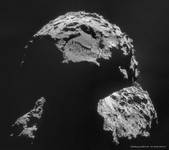
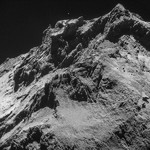
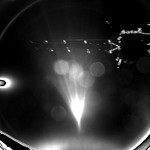
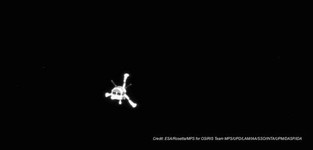






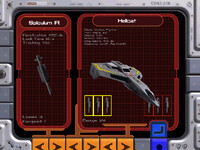




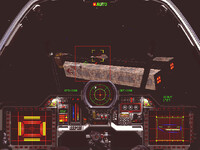


Follow or Contact Us